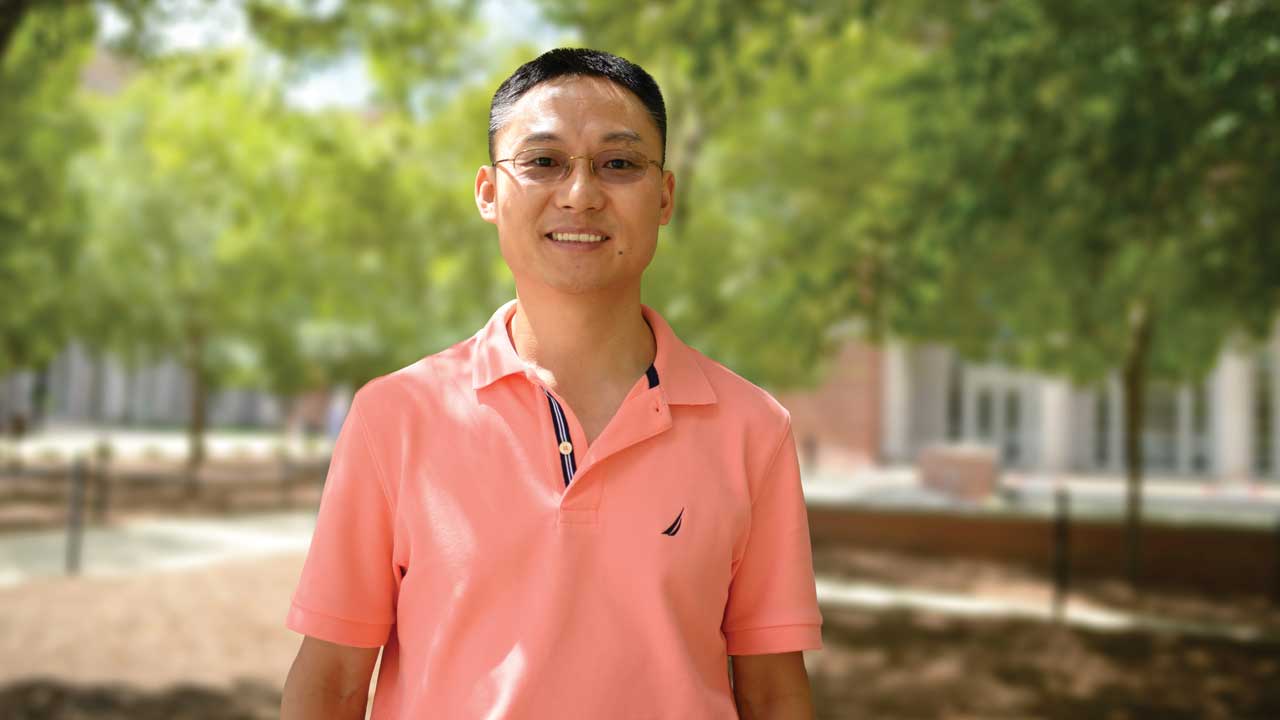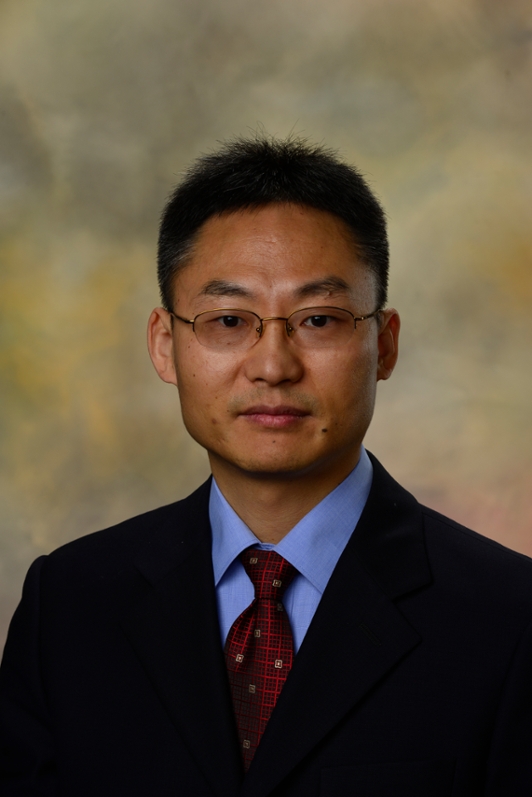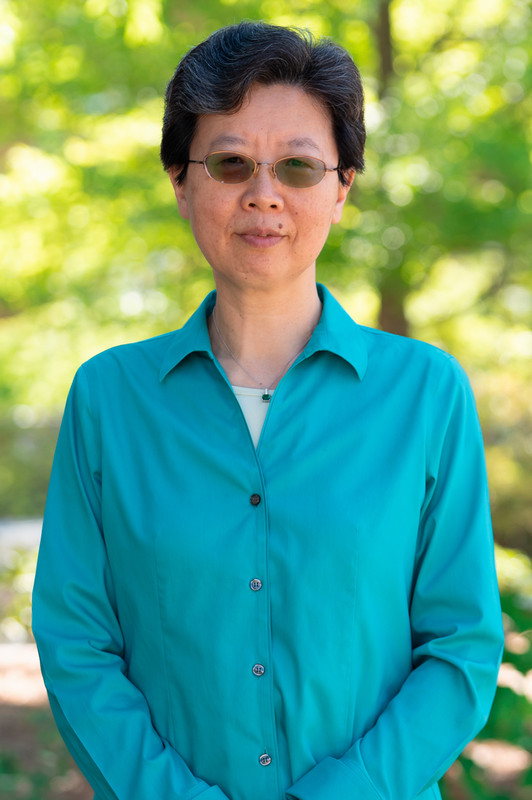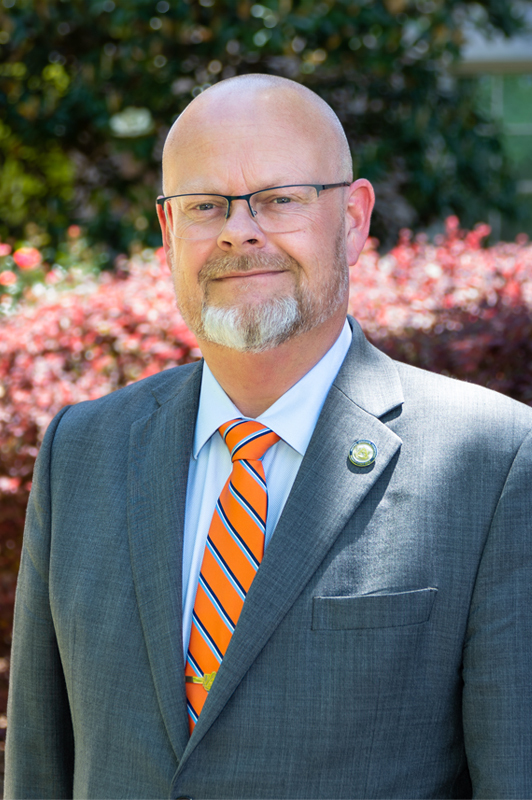Bioplastics research has large potential economic impact for state of Alabama
Published: Dec 15, 2021 8:46 AM
By Cassie Montgomery
For the state of Alabama, with success in agricultural production comes organic waste – and lots of it.
As one of the top agricultural producers in the country, and specifically the second largest producer of broiler chickens and the fourth largest producer of eggs and poultry, in general, Alabama’s annual agricultural exports exceed $1 billion. As a result, there is a significant amount of organic waste produced by farms, food production plants and municipal entities in the state.
“These organic wastes represent an underutilized renewable feedstock for biofuel and biochemical production,” said Peter He, associate professor of chemical engineering at Auburn University.
He is the principal investigator on a $294,008 grant from the Alabama Department of Economic and Community Affairs titled “A Novel Biotechnology That Converts Agricultural and Municipal Waste into Bioplastics.” Alongside co-principal investigators Jin Wang, the Walt and Virginia Woltosz Professor of chemical engineering, and Mario Eden, the Joe T. and Billie Carole McMillan Professor and chair of the Department of Chemical Engineering, He said the goal of the project is to develop and optimize a prototype of a patent pending biotechnology that enables the conversion of organic wastes into bioplastics and to assess its economic feasibility at scale through techno-economic analysis. The trio bring a wealth of experience in the areas of bioreactors, bioprocessing and bioplastics to the project.
“If successful,” He said, “this project will contribute tremendously to the sustainability efforts of the state, particularly on the sustainable waste management/utilization and sustainable production of bioplastics to replace fossil fuel-based plastics.”
The research team aims to utilize biogas generated from anaerobic digestion of organic wastes to cultivate mixed microbes in a patent pending circulating coculture biofilm photobioreactor. The mixed microbial biomass can then be sold at $1,100 per tonne for bioplastic production, He said.
Compared to the conventional microalgae cultivation that is carried out in open raceway ponds, the proposed technology has the following advantages:
- Utilize both methane and carbon dioxide in biogas, maximizing value generation (microalgae cultivation can only utilize carbon dioxide);
- The synergistic growth of the mixed microbes leads to significantly higher productivity compared to single microalgae cultivation;
- Convert raw biogas without cleanup, eliminating biogas cleanup costs;
- No gas sparging needed, eliminating blowers and electricity cost associated with the conventional microalgae cultivation;
- Cost-effective biomass harvest (microbes cultivated on conveyor belt instead of liquid suspension, which requires high-energy dewatering and centrifugation);
- Modular and vertical configuration significantly reduces land footprint compared to large land requirement for open raceway ponds.
“Bioplastic is an important renewable chemical that is in high demand and bioplastics manufacturing is a fast-growing industry with a growth rate between 20-100% per year,” He said. “Bioplastic is a key component to converting the conventional petroleum-based plastics industry from a wasteful linear economy into a sustainable circular economy.
“The increased use of bioplastics will yield positive impacts to our economy, our society and our environment. Bioplastics also contribute to achieving the national and worldwide greenhouse gas emissions reduction targets and beyond,” He added.
Media Contact: , cmontgomery@auburn.edu, 334.844.3668
Peter He




